To the relief of those who are indecisive at the drive through, McDonald’s Corp. will soon be ramping up its use of voice-activated order taking. That’s according to a Wall Street Journal report last year — which also details how designs coming to the restaurant also include automatic systems to operate the deep fryers for its chicken patties and nuggets, fish filets, and French fries. Of course, what we in the automation industry call machine-to-machine (M2M) networking already helps quick-service restaurants (QSRs) remotely monitor operational data related to food supplies as well as the status of restaurant refrigerators, security, and safes … with many M2M functions even to levels qualifying as IIoT.
McDonald’s chief aim in applying automation and connectivity technologies is primarily to address wait times that have lengthened in recent years. Other fast-food chains and QSRs have begun using these technologies to boost safety and consistency. That’s according to DryLin Product Manager at igus Matt Mowry.
“We at igus are seeing an interest in automating certain jobs in the fast food and restaurant industries. Many businesses are using robots to enable people to do other things. In other words, that next egg and cheese that you had for breakfast may have been cooked by a robot,” adds Mowry.
One company is using actuators to scoop up eggs and flip them over. Other companies are automating the process of placing items on buns … and all major chains are looking to automate the tasks — even down to filling the beverages. The self-lubricating maintenance-free aspect of engineered plastic components has helped igus become a key player in this industry, says Mowry.
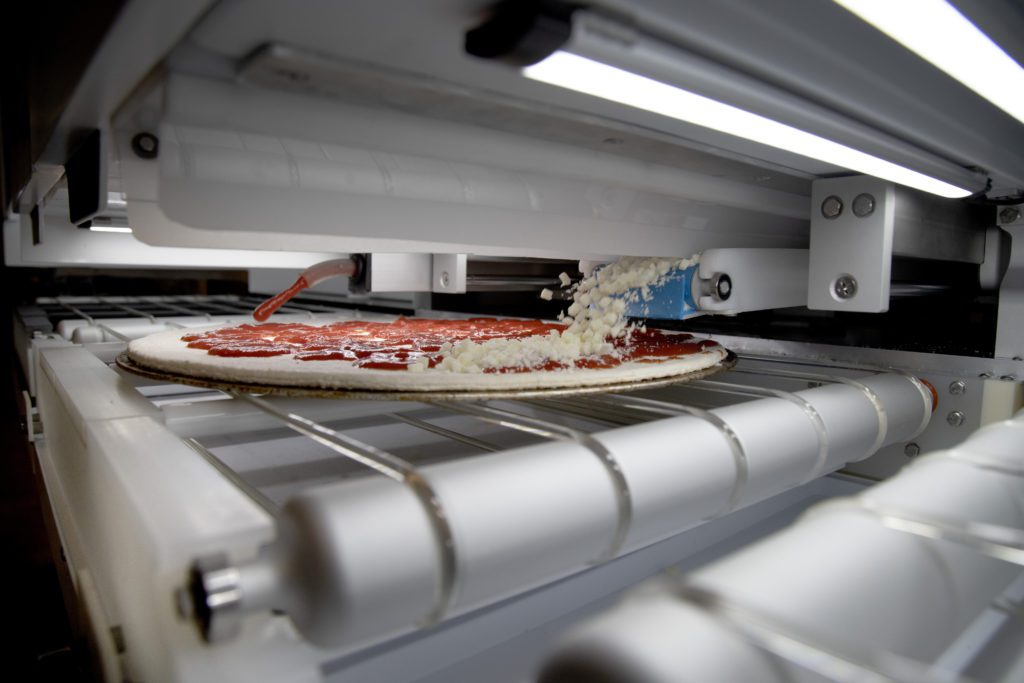
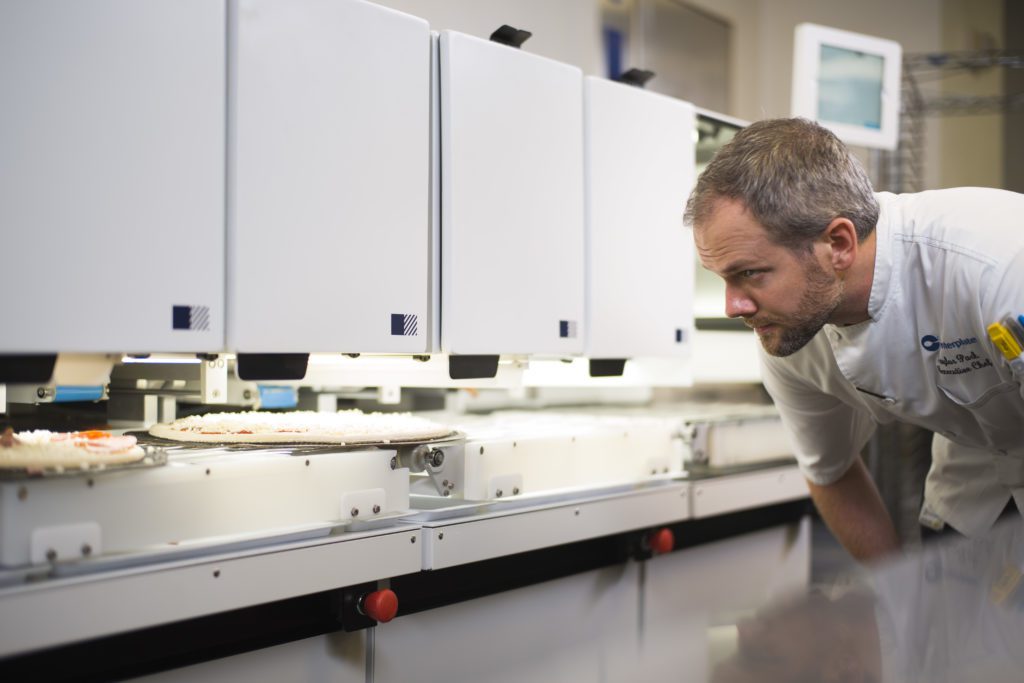
“At the last CES show, one display of an AI-powered automated pizza maker prompted public discussion of automation in the food-service industry. Such solutions are on the horizon, though the wide diversity of product mix and variance in fast-food options complicates the automation profiles,” says Allied Motion applications engineer Brian Herzog. “Many would require prohibitively complex and costly solutions.” Even so, Herzog points out that automated systems are quite justifiable in restaurant franchises with high levels of product standardization.
Fast-food automation deep dive with two motion-system suppliers
In a recent conversation with Macron Dynamics national sales manager Michael G. Giunta and Dave Endres, president of QC Conveyors, about the quick-service restaurant industry, we learned more about how restaurant chains employ motion designs for physical tasks to optimize operations. Here’s what Giunta and Endres had to say on this growing industry for automation.
Eitel • Design World: When we think of fast food, we think efficiency. Of course, we’ve heard of self-operating dishwashers and semi-autonomous cook stations under testing in select pilot locations. How is automation is already helping chains boost throughput of meals?
Endres • QC Conveyors: QC Conveyors got into the fast-food industry more than 15 years ago to help boost throughput — not to reduce labor. QSRs were looking to increase capacity, which is a big deal in their industry. Everybody talks about automation eliminating jobs but the QSRs were coming to us because their volume was growing … and they needed to keep pace. We can’t divulge details about the designs we supply, but essentially the automation first helped to speed throughput and only now is targeted to reducing labor. That’s especially true for the cooking of French fries and chicken nuggets and tenders — which are otherwise very labor-intensive processes.

Giunta • Macron Dynamics: Efficiency is everything. After all, every restaurant is basically like a miniature factory … and the fact that there’s a menu means customers are essentially choosing from a catalog of options. QSRs face the same challenges as many U.S. factories in preparing product and getting it into customers’ hands with quality, consistency, accuracy, and quickness. This includes McDonald’s, Taco Bell, Chick-fil-A, and Burger King. For example, most Panera Bread locations now have ordering kiosks. There’s less front-counter staff as the kiosks are becoming a more efficient way of order taking.
Eitel • Design World: A lot of consumer coverage of automation in QSRs includes imagery of collaborative robots as well as SCARAs tending fryers and the like. Are there places where these and other automated motion designs are already in place?
Giunta • Macron Dynamics: Though I can’t say much, I can state we’ll see more of these installations in the future. Some franchises are fully owned and operated by franchisees … and some of these restaurants will ultimately make their own decisions about when to automate. In other instances, corporate mandates could spur the adoption of more technology by owner-operators.
In fact, European fast-food locations that face relatively high labor costs will likely lead adoption. It’s the job of motion-component and system suppliers such as Macron Dynamics to help these companies develop the technology … though a caveat is that the technology must be cost competitive.
Endres • QC Conveyors: We will certainly see more QSR automation in Europe, though Germany is a little more conservative and doesn’t usually adopt as rapidly. Other countries in eastern Europe do adopt such systems fairly quickly. That’s actually where we started in this industry — in Europe as well as Asia.
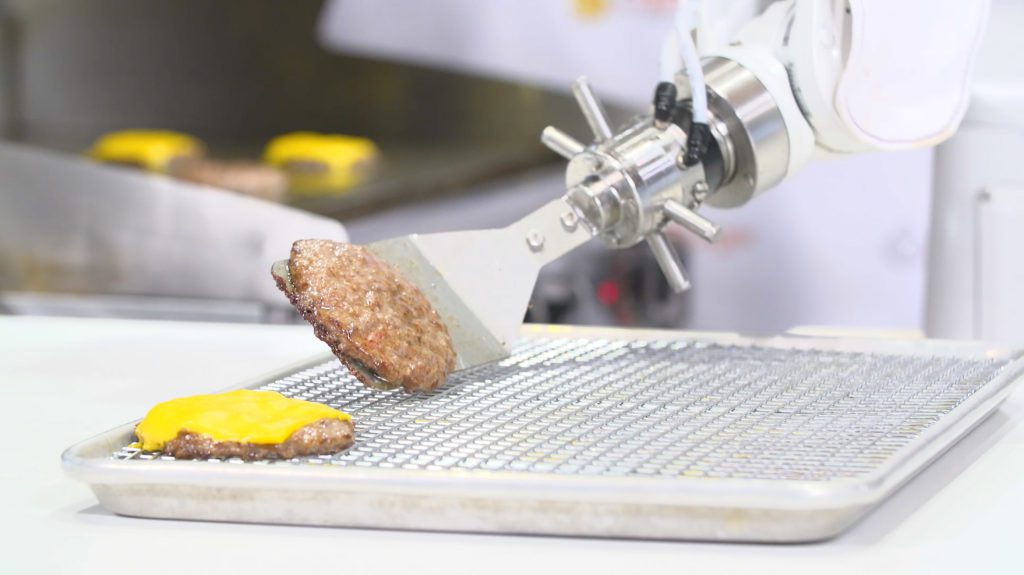
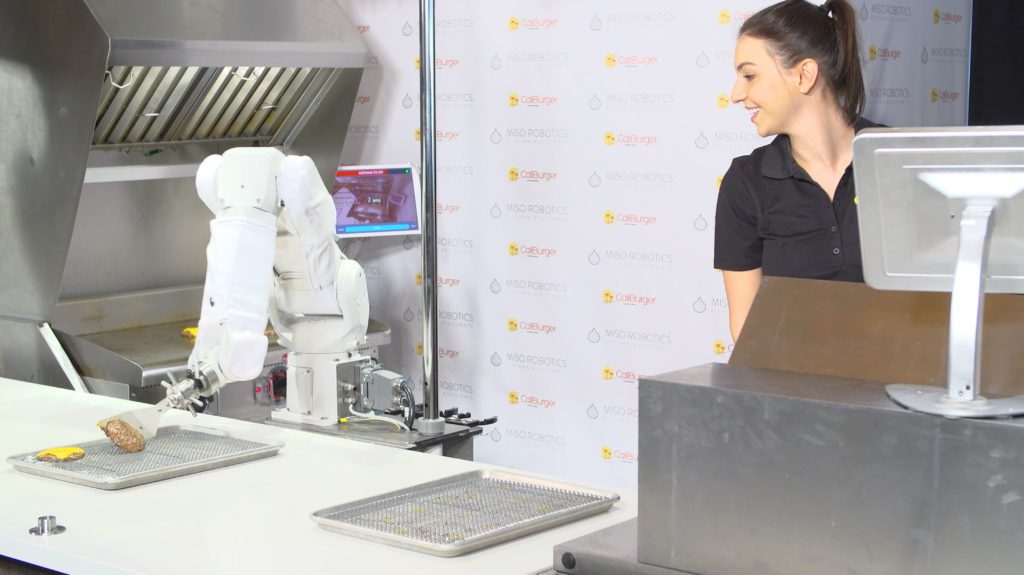
Eitel • Design World: The National Restaurant Association cites a labor shortage for quick-service chains. Where have you seen automation help address this issue?
Giunta • Macron Dynamics: There’s definitely a shortage of labor in the workplace, so restaurants must often fight for whoever is left in the labor pool. Many QSRs keep business afloat by employing minimal staff at every location.
Reconsider kiosks: These mean workers aren’t forced to sit behind registers all day … which in turn frees these employees to help prepare food and assist customers with seating. Automation also helps prevent the biggest source of complaint customers have — orders that aren’t correct. Again, kiosks let customers enter orders how they want … and if the order is wrong, it’s kind of on them. They’re the ones who entered the field with the data.
Eitel • Design World: Most people probably aren’t aware of how much McDonald’s beverage fulfillment is automated.
Giunta • Macron Dynamics: At most McDonald’s restaurants is a machine with a carousel that drops cups onto an indexer with a small conveyor to the right beverage location. The system fills the cups with ice and the correct fluid volumes. Then the person working at the drive through just needs to put a lid on the cup and hand it to the customer. Soon we’ll see similar systems for coffee drinks.
Eitel • Design World: Labor unions warn that automation could eliminate jobs. If that’s not true, how can industry help assuage concerns? Give some examples of technologies complementing the efforts of employees.
Giunta • Macron Dynamics: Well, consider Chic-fil-A, which publicly advertises all the time about service and quality and consistency. McDonald’s touts these values as well. Both companies aim for continual improvement of efficiency and consistency … especially for their most popular items such as chicken tenders and nuggets. At McDonald’s, one of the most-sold products is actually chicken nuggets.
Eitel • Design World: What? I never would have guessed.
Giunta • Macron Dynamics: I didn’t always know that either. But chicken nuggets and French fries are top orders … I mean, everybody gets fries. So automation makes a lot of sense for these high-volume items because machines can completely prevent cross contamination. More specifically, there’s zero risk of an employee accidentally putting a fish filet into the oil vat meant for fries. Most people won’t know this, but those vats of oil are application specific — and you don’t want to cross contaminate.
Endres • QC Conveyors: Of course, automating the cooking of fries in particular is not as simple as it sounds — because you’ve got to find a way to get the fries out of the freezer and into the fryer basket in the right amount. Then you’ve got to lower the fries into the oil and get them back out. Then the fries get salted and put into some kind of container. This last step — putting fries into their container — isn’t automated yet but everything prior to that is.
The process for nuggets is similar but has some additional complexity.
Giunta • Macron Dynamics: Indeed. Macron Dynamics has helped develop a linear robot for the industry to execute the accurate transfer of product in and out of the fryers for chicken nuggets, breaded chicken sandwiches, fish filets, and French fries. This delivery system includes an automatic way of getting food out of the freezer, putting it into a basket, putting the basket into the oil, taking the basket out of the oil at the exact amount of time, and dumping it into either a basket or tray — to let a person grab the items for garnishing and wrapping.
In practice, Cartesian systems for these settings install behind a shield to prevent any oil from splashing on employees.
Eitel • Design World: To be clear — when you say linear robot — is that another term for Cartesian robot?
Giunta • Macron Dynamics: Yes, that’s correct. Just consider the motion of a fryer basket going in and out of a fryer: It’s going up and going down and left and right — and that’s it. It doesn’t require a six-axis robot to do this simple linear motion. In fact, it’s our perspective that many of the repetitive processes associated with frying foods and delivering ice into a cup and so forth are very linear moves and not complex enough to justify the high-tech motions that a human or 6-DOF robot can do.
Linear-based motion technologies shine here, as they come at a price point that’s far more economical than collaborative robots.
Eitel • Design World: So does the equipment around the Cartesian robot require customization to accommodate the grippers or hooks or whatever end effector you are using?
Giunta • Macron Dynamics: Yes indeed. Everything is as low technology as possible in order to grasp the metal fryer basket. Of course, there are any number of ways to grab a product —but in the case of baskets, a hook or a simple gripper is basically all the application needs. A high-technology end effector would be overkill, because again — the job is to grab what is essentially a piece of tooling. All the handles on these baskets are the same exact size, and they don’t change — so the automated system is repeating the process over and over and over and over again.
Endres • QC Conveyors: Volume is going up and up, so QSRs have targeted these kinds of well-defined jobs. I’d say the automation to tackle more complex tasks such as the assembly of sandwiches isn’t yet viable. Such tasks require tremendous automation capabilities that are indeed available today, but not cost effective for restaurants that might have an annual volume of a couple million dollars per location.
Eitel • Design World: Do automated systems perform jobs as well as actual employees?
Endres • QC Conveyors: Yes. You may have been at the register in a QSR and heard all the beeping going on. Some alarms sound when someone hasn’t pushed a button to lift food items out of oil. These situations can result in overcooked food items. So QSRs are all looking to eliminate labor associated with these basic processes and task employees with more involved functions. Higher-level jobs include maintenance, cleaning, taking care of customers at the register, and the more complex preparation of food — such as the aforementioned assembly of sandwiches.
Giunta • Macron Dynamics: Automation does indeed improve food quality. Picture a restaurant’s lunch-hour rush with employees running around and a drive through that’s going crazy. People in the restaurant’s front area are ordering off kiosks and from employees … and there’s a huge spike in food-order volume. All fast-food chains deal with this.
What happens? Employees rush to get meals to customers as quickly as possible — so in some cases, they may take French fries out of the fryer too soon. In other cases, if they become busy helping customers, they may take the French fries out too late. The whole situation makes for inconsistent French-fry quality. In contrast, putting oil-vat operations on exact timers is perfect every cycle.
Another factor that makes the automation of French-fry cooking so successful is that QSRs all standardize their potato cuts’ shape and size — so a preset cook time yields the same consistency … whether you’re in Chicago or South Carolina.
Eitel • Design World: Unfortunately, accidents and injuries such as burns do happen. That’s exacerbated by the fact that many fast-food restaurant workers are there for temporary work. One study found that Panera Bread loses 100% of its employees every year. How exactly does automation help boost safety for even inexperienced employees?
Giunta • Macron Dynamics: Fryers are especially dangerous because of the hot oil — and because a lot of times, the floor near the fryer can become slippery. So protecting humans from this immediate environment efficiently renders QSR working conditions safer. That’s especially relevant to restaurants that aim to provide empowering work to individuals with developing skillsets and learning disabilities. It’s absolutely a priority that no one gets hurt. So designs based on linear robots are already helping eliminate one of the most dangerous areas.
Endres • QC Conveyors: Safety is paramount, and hot fryers and grills are the most dangerous areas. It’s also important to prevent injuries identified by Workers’ Compensation as resulting from repetitive tasks.
Jobs that make workers perform repetitive tasks are hard on the body and boring — and are one of the causes for high employee-turnover rates. Here too automation helps by reducing the amount of training required to onboard new people.
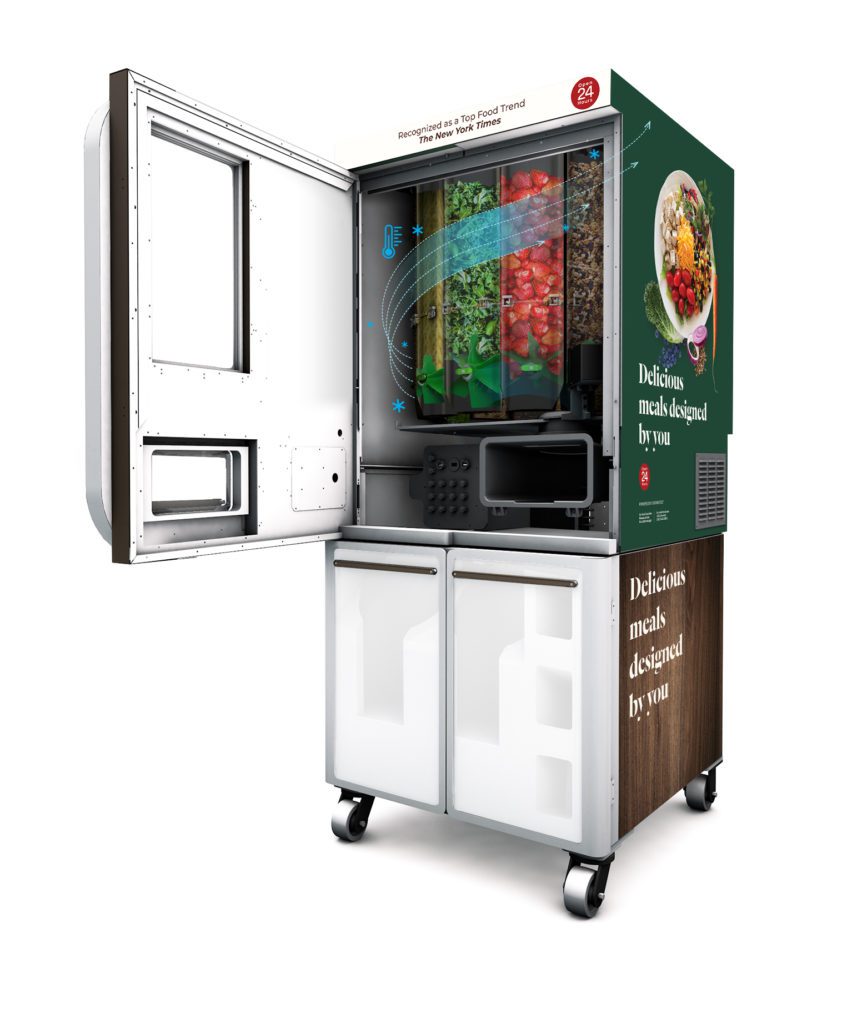
Eitel • Design World: When the product is a $3 sandwich, it’s got to be hard for some franchisees to justify the upfront cost of automating tasks.
Endres • QC Conveyors: Absolutely — so a lot of restaurant owners aim to implement only relatively inexpensive automation. Say a piece of equipment costs $50,000 and an upgraded model with automated functions costs $60,000. Well, purchasing the latter makes sense. But an automated station for sandwich creation might cost $300,000 and that’s just not viable. It will be in the future though.
QC Conveyors assists in the engineering of practical and immediately applicable automated solutions through partnerships with those familiar with the QSR industry’s challenges.
Giunta • Macron Dynamics: Another challenge for QSRs besides cost is space. Just think about the land a restaurant uses and where these QSRs are usually located. The owner can’t just say, “I’m going to blow up the back of my McDonald’s and add an addition.” That’s because they’re usually landlocked and must accommodate a drive through … and some of these restaurants are in densely packed cities. So retrofitting for automation usually requires replacement of existing equipment with new automated equipment that’s identical in size. That’s a big problem for solutions based on collaborative robots and conventional 6-DOF robots … because even though they’re compact, the actual motions they execute takes up a lot of space.
Eitel • Design World: So Cartesian robots must shine here. What exactly do such linear-motion systems look like? Do they hang from above like a gantry? Or is the Cartesian setup mounted to the wall behind the fryers?
Giunta • Macron Dynamics: There are certainly different ways to automate these areas … though the solution must usually fit into an existing space. Few restaurants could mount robotics from above, because most cooking stations require large kitchen hoods to vent smoke and volatile organic compounds (VOCs). Some Cartesian systems might mount from below or on the side of the cook station; it depends on the exact equipment type, model, and location. One thing to remember is that with Cartesian designs, the product orientation is irrelevant, as the design can run in any direction to satisfy specific applications.
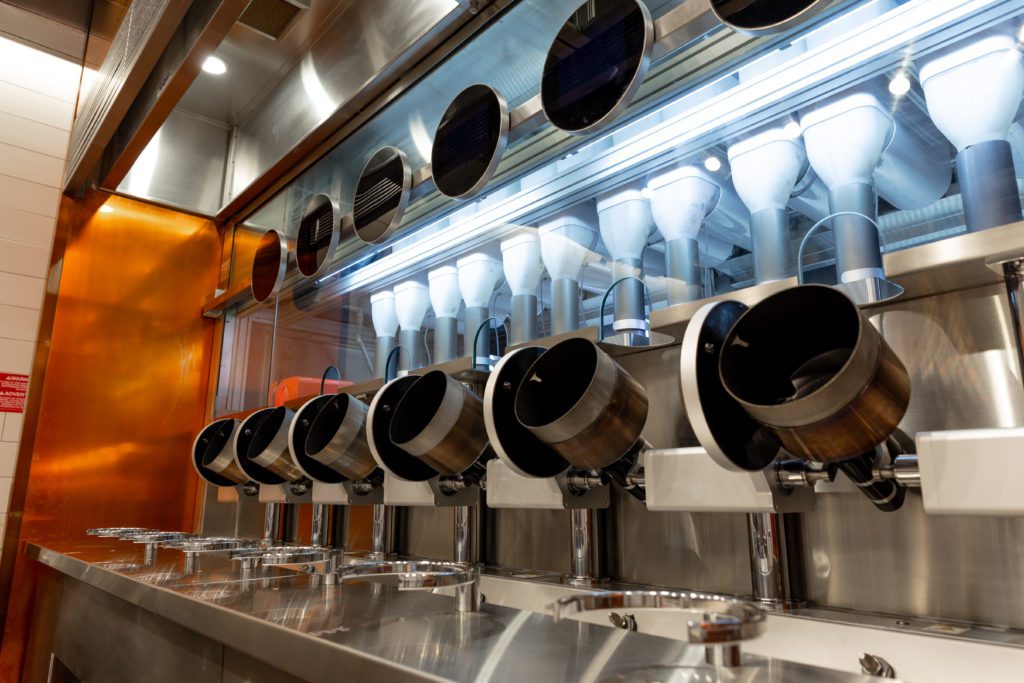
Eitel • Design World: These new applications for motion systems and other automation seems to bend our regular industry definitions. For example, should we call kiosks HMIs? Does automation behind the counter count as bin picking and conveyance?
Giunta • Macron Dynamics: Most people probably couldn’t succinctly define the term automation anymore, because today we have automated designs that people never would have imagined 40 years ago. Automation is in entertainment — just think of Disney and Universal Studios virtual-reality rides — and now fast food and even in our homes. It is mind boggling that we can now open our cellphones with facial recognition to tell Google with our voice to adjust the thermostat. My own Nest doorbell tells me when packages are delivered. I define that as automation employing software and hardware.
Eitel • Design World: Right. Now we just need robots to shuttle our Amazon Prime orders to safety when the UPS guy can’t get into the garage. Or maybe one day we’ll see automated platforms complementing Ring doorbells to launch porch pirates away.
Giunta • Macron Dynamics: Just flip them onto the grass — very gently of course.

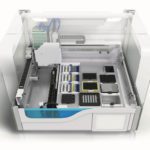
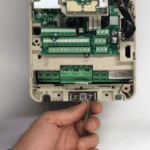
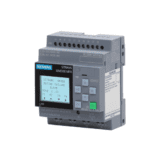
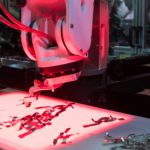
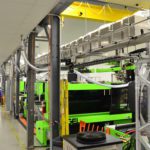

Leave a Reply
You must be logged in to post a comment.